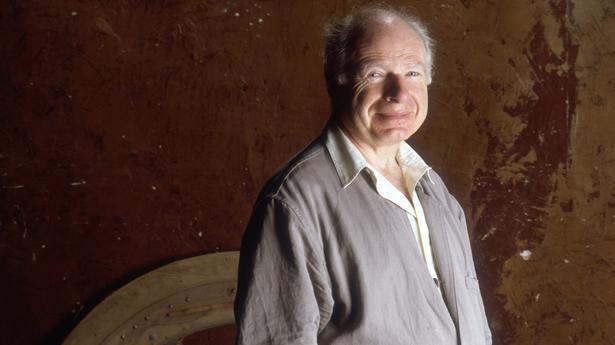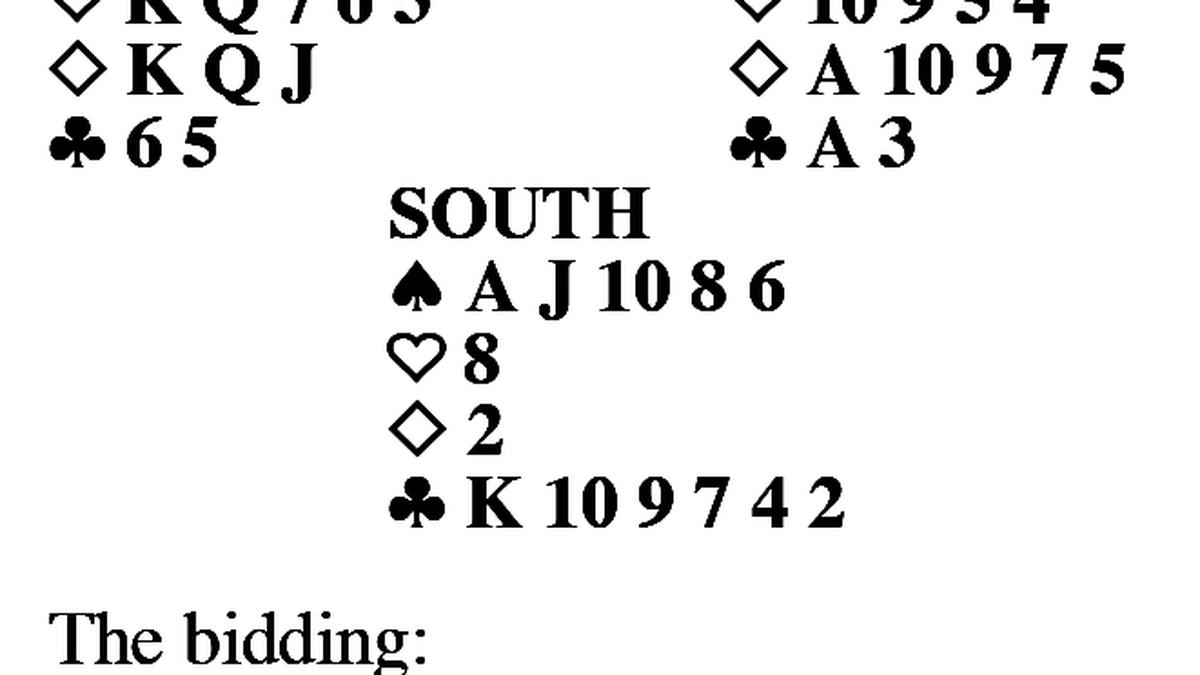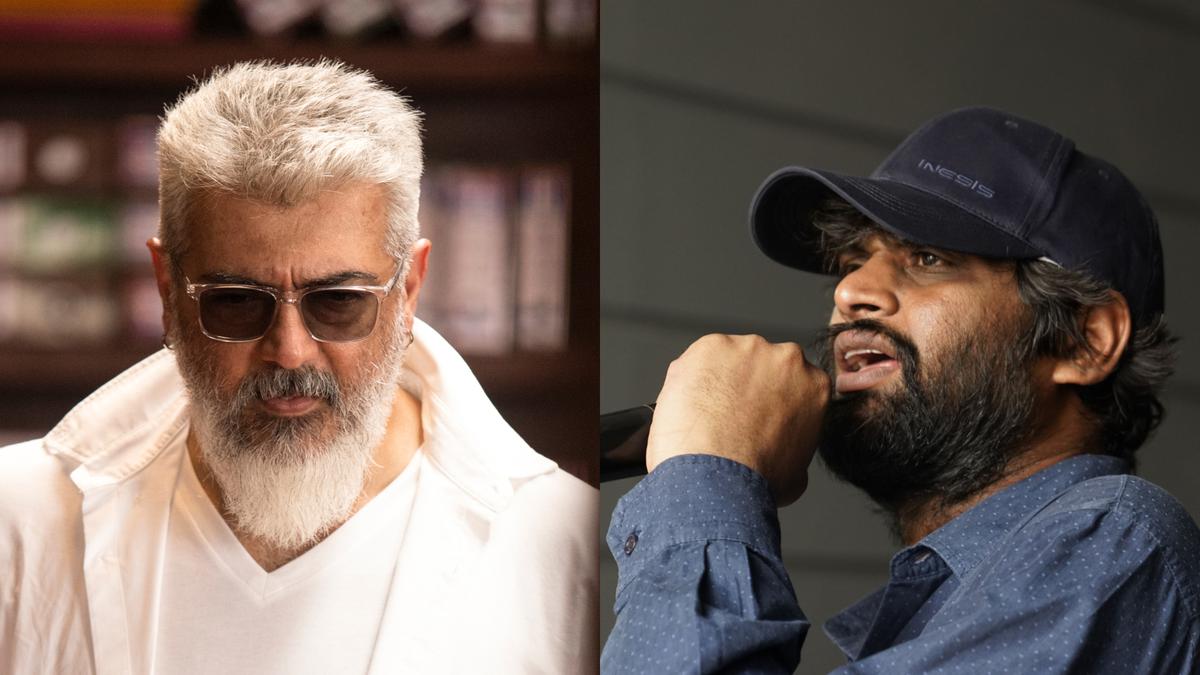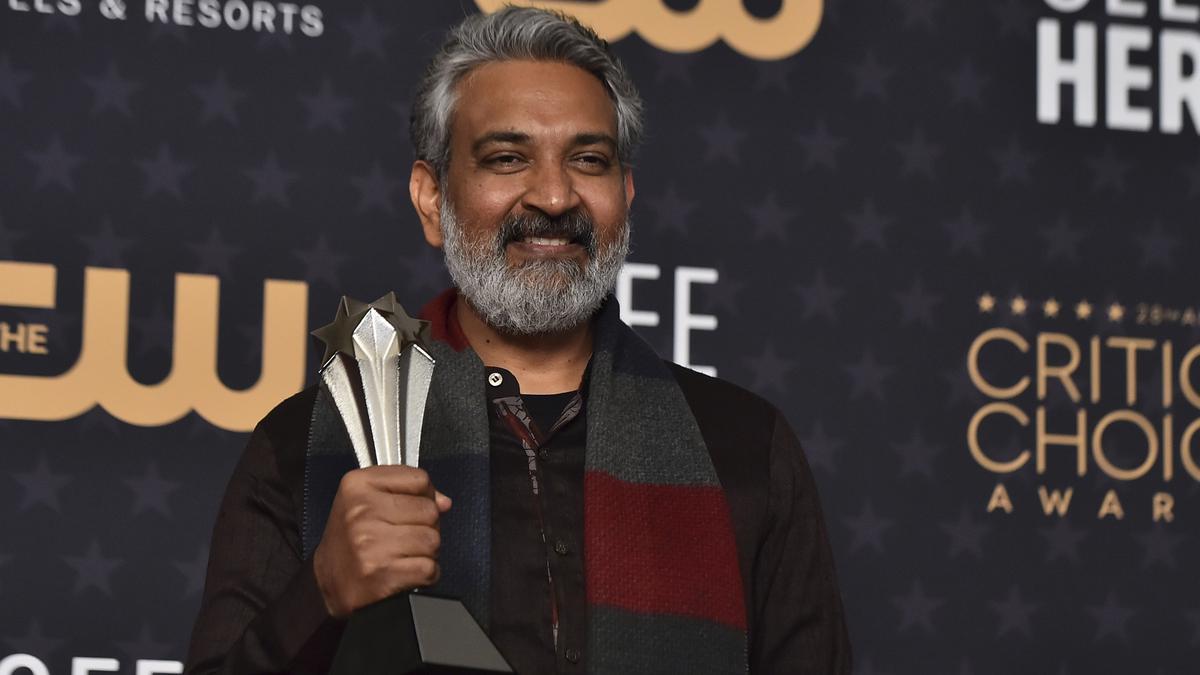Clara Bauer, who worked with the theatre director, on how Brook was constantly searching, travelling, and innovating
Clara Bauer, who worked with the theatre director, on how Brook was constantly searching, travelling, and innovating
Clara Bauer, 47, first met Peter Brook, one of the most influential theatre directors of the 20th century, when she was 19. He was in the audience when she watched his play, Happy End, in Paris. Then years later, circumstances helped her get a job with him, as his director of production, working on shows such as The Man Who, Le Costume, Tierno Bokar, and The Tragedy of Hamlet. The Britian-born visionary — who settled down in France, revived the Théâtre des Bouffes du Nord, won Tonys and Emmys, and was awarded the Padma Shri last year — passed away on July 2 at the age of 97.
“Peter is alive in my heart,” says the Argentinian on a morning phone call from Chennai, where she’s visiting her partner. “ Journal d’un corps, the first play I made after I left his team, was shown at Bouffes du Nord in 2012, and he was there to see it.” Now the artistic director of Compagnie Mia, Bauer says she plans to honour him through her work.
Clara Bauer
| Photo Credit: Special arrangement
Edited excerpts from an interview:
How did you come to work with Peter Brook?
When I joined the International Festival of Buenos Aires as its artistic advisor [for its second edition], I decided to start with a Peter Brook production. I travelled to Paris and, in 1999, brought back The Man Who. [ L’Homme Qui is a masterpiece based on the neurological cases in Oliver Sacks’ book, The Man Who Mistook His Wife For a Hat. Peter spent time at Centennial, a mental hospital in Paris, with his actors to study the relationship between the doctors and patients to create this piece of theatrical research.] We played 10 shows, and it was crazy.
For the first time, I saw what an impact theatre can have. It was almost like hosting a football match — the theatre was full and there were people thronging outside for tickets. Peter didn’t travel for this show, but the actors went back and told him all about it. And he wanted to meet me. We spoke a lot [as a multi-linguist, he spoke in Spanish] about Argentina, his daughter’s Irina’s plays, etc, and he asked me if I would like to work with him. It was a ‘yes’, and I became his director of production for the next decade.
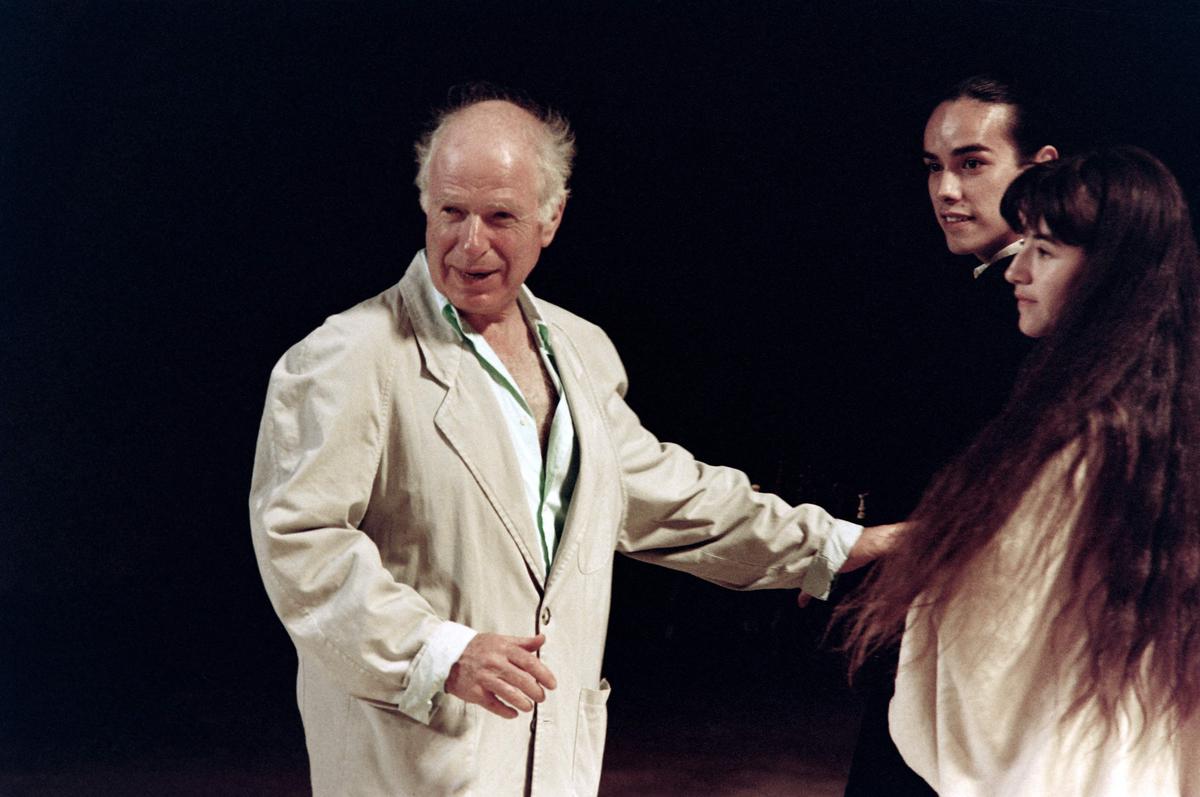
Peter Brook (L) gives instructions to his actors Romane Bohringer (R) and Ken Higelin during a rehearsal of the play The Tempest
| Photo Credit: AFP
Tell us about working with Peter?
Peter was always searching [for stories, experiences, ways of expression]. He travelled a lot, to different cities, and learned from each and every place. He encouraged me to make connections wherever I went, and helped me to learn how to immerse myself in the life, culture and stories there. A lot of people who are close to me now I met through him. For instance, I met Shantala Shivalingappa 20 years ago, when I worked with her in The Tragedy of Hamlet. Now, she is my neighbour in Chennai.
He also taught me about life. I remember spending three hours in Ryōan-ji, a dry garden in Kyoto in Japan. There are 15 stones there, but you can only see 14 at a time. He explained how you need someone else [someone else’s perspective] to see the 15th, to see the whole view. Just like life, which is impossible to understand with just one perspective. He said you have to be in contact with other people, explore relationships, and learn new interpretations to get the full view.
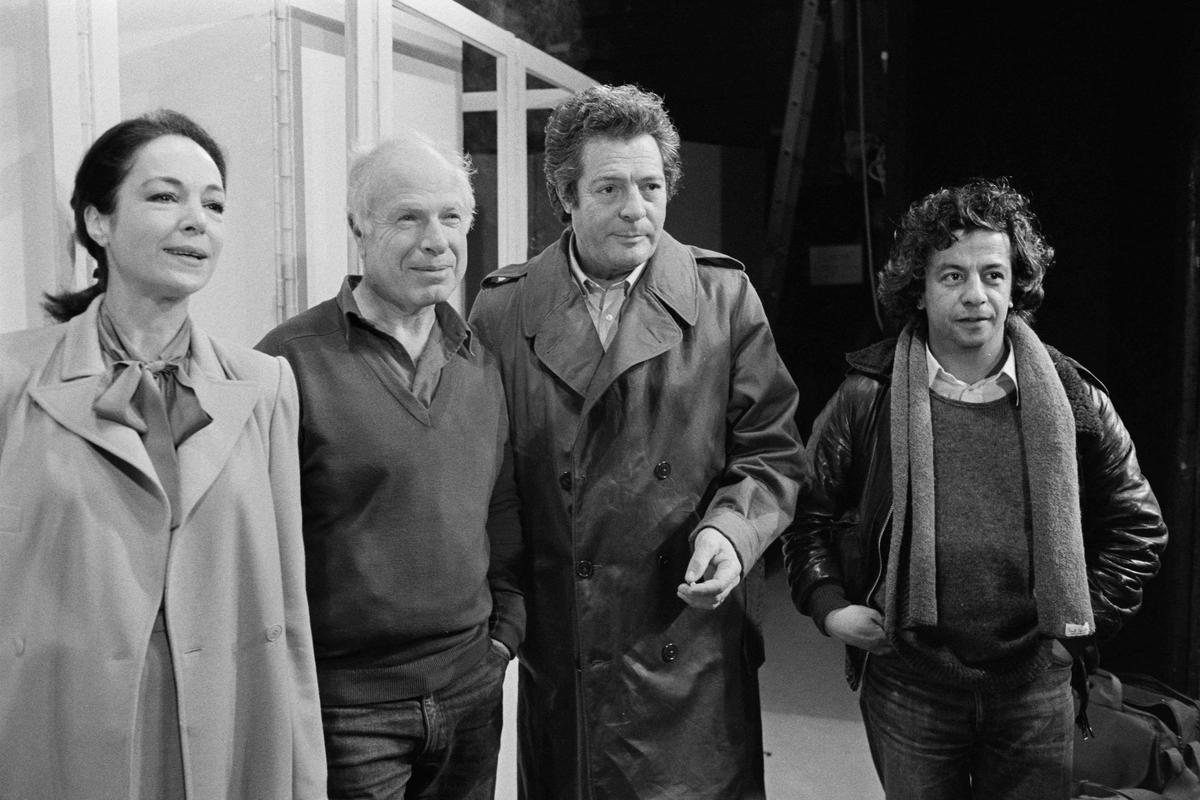
Peter Brook (second from left) poses with his wife, actress Natasha Parry (left), Italian actor Marcello Mastroianni (second from right) and French actor Maurice Bénichou (right) during the rehearsal of the play Tchin-Tchin
| Photo Credit: AFP
How did he approach stories and cultures through his productions?
It is impossible to put it in one answer. Peter was very intelligent and curious, with a huge memory. He didn’t have a method — he would take each actor and understand their stories, their culture. He would reach inside to understand what they were and what would be best for them. A month ago, when I met him [before I flew down to Chennai], we sang Violeta Parra’s Gracias a la vida, and he knew the Spanish song — which says ‘Thanks to life that gave me all this’ — better than me. This was Peter. He was someone who gave everything to other people, who changed the lives of so many.
Dancer Mallika Sarabhai (who acted in ‘Le Mahabharata’) recently wrote that Peter was of the opinion that a teacher should destroy the ‘self’ in a student and, then, transform the person.
Yes, absolutely. He didn’t build up characters, he would strip them of everything to bring out their true nature. He never practised artificial theatre, he never put on masks. For example, he would just put a carpet down and say, ‘Show me The Tempest with a little stick.’ In Tierno Bokar, a character says, ‘There are three truths: my truth, your truth, and the truth.’ Peter never stressed on his truth. He showed you things and what you made with it was your own. And he always told stories. To explain a scene, he would tell a story, and if the actor didn’t understand it, he would tell more. He would say four to five stories about life just to make someone understand one line!
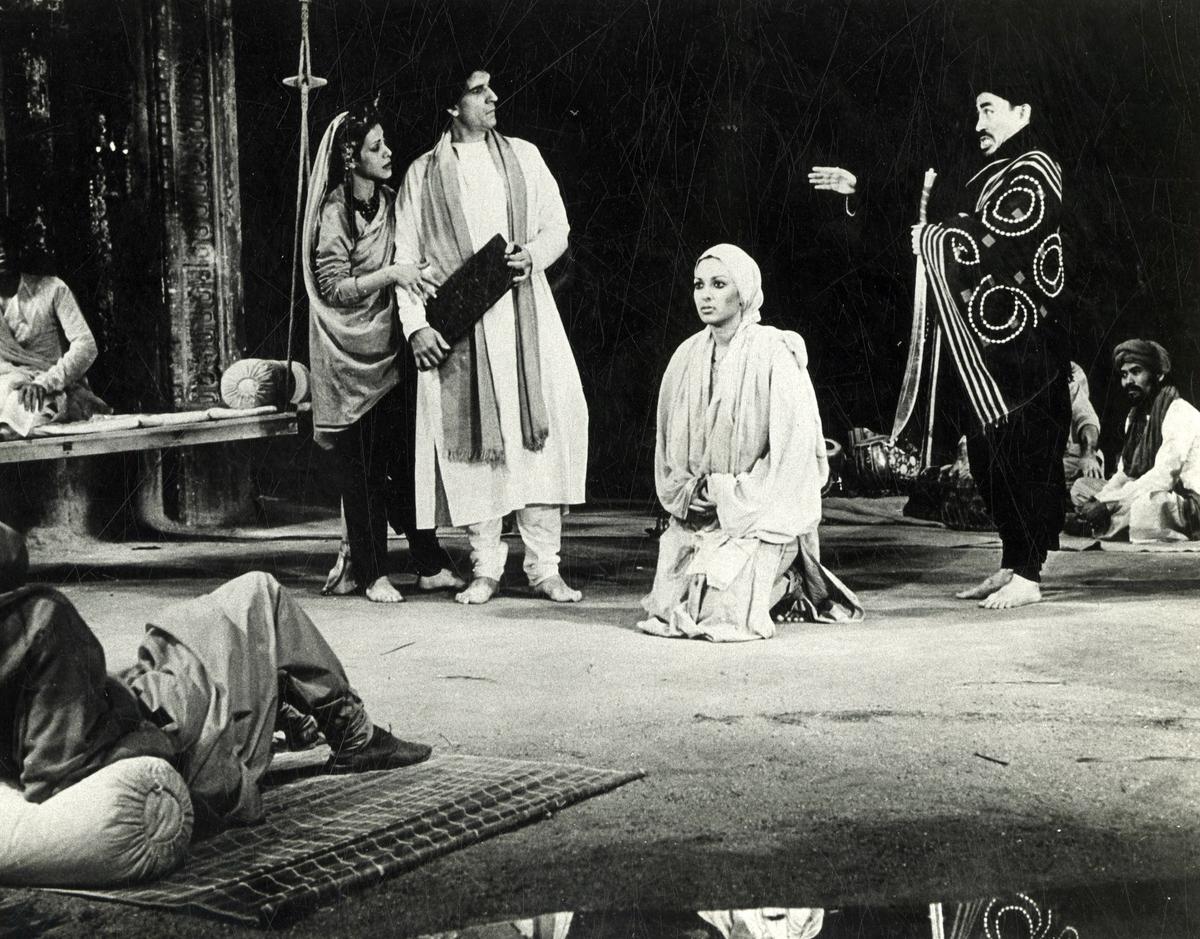
Yoshi Oida, Mallika Sarabhi, Andreas Katsulas, Mireille Maalouf in Peter Brook’s Le Mahabharata
| Photo Credit: The Hindu Archives
Insights into theatre that you gleaned from him?
To say that Peter was my god would be an understatement. He gave me the possibilities to see the world differently — to see the people, cultures, to always search for more. Last month, he said to me, ‘Clara, continue to search. Don’t forget that.’ He also told me that he wanted to bring The Tempest to Chennai and perform it in Tamil. He said, ‘You can do that. We can do that together’.
What is Peter’s legacy to theatre?
Constant innovation, creativity, immersion, and involvement — those were his foundations. He was a man who always searched. For me, the beautiful thing about Peter was that he encouraged us to search and bring new ideas. In 2016, I met Kalieaswari Srinivasan, who acted in Dheepan [a 2015 French crime drama], in my workshop in Pondicherry. I saw the quality of her work and I called Peter and told him I have an actress for you. They worked together in The Prisoner.
A couple of months ago, I introduced him to French-Afghan writer Atiq Rahimi [whose book, Syngué Sabour or The Patience Stone, I made into a play]. Peter loved Afghanistan, and suddenly the two started speaking in Persian — about poems and simple things like mountains and birds. It was so special. Peter was always open to meeting new people and broadening his network. It was never about my team or my people.


